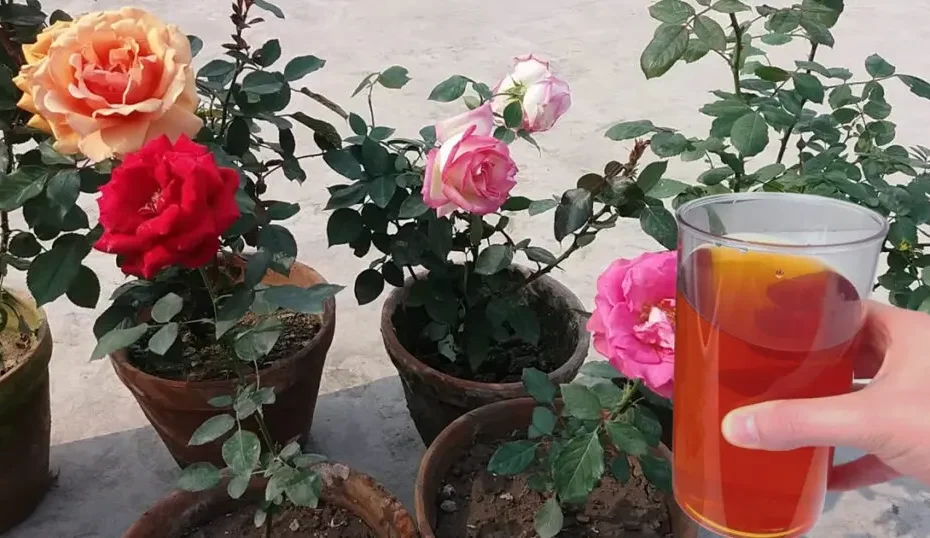Plants need special care to grow and develop healthily. In fact, flowering plants can decorate indoor or outdoor spaces with beautiful colorful flowers only under certain conditions.
Each plant has its own needs, different from the others. But there are some tricks that are universal and can be applied to any plant to stimulate its growth and flowering.
If you have flowering plants that are not flowering, the following 12 tips will help you identify the cause of the problem and resolve it to achieve long, lush flowering.
1. Light 2.
If your plants aren’t flowering, it’s probably due to poor sunlight. Some flowering plants need up to 6 hours of sun a day.
In this case, make sure the plants receive the right amount of sunlight.
2. Location .
Depending on the time of day, some plants prefer direct sunlight or partial shade.
Hydrangeas and azaleas, for example, should not be exposed to sun during the afternoon hours. Succulents, bougainvillea and roses, however, appreciate it.
3. Nutrients .
To flower, plants need a fertilizer rich in nutrients such as phosphorus, which stimulates flowering, root formation and photosynthesis.
For lush flowering, use a fertilizer containing potassium, nitrogen and phosphorus.
4. Excess fertilizer .
As already mentioned, fertilizing a plant is important for its health. However, fertilizers should be used sparingly.
Overly fertilized soil makes it difficult for plants to absorb water and causes them to wilt.
5. Pruning .
Pruning a plant is important to keep it healthy and to stimulate flowering. If done correctly, it can extend the life of the plant.
Of course, it is important to know when to prune the plant to avoid destroying the buds and therefore the future flowers.
6. Avoid cutting the shoots .
Pruning is a very delicate operation, since a small mistake is enough to cut the shoots and compromise their growth and flowering.
Identify the new and old shoots and cut the branches that have already borne flowers.
7. Cut off the suckers .
A sucker is a shoot that can be cut and planted elsewhere. To avoid weakening the mother plant, it is advisable to cut the suckers, which have their own root system and can “steal” nutrients from the mother plant.
Cut suckers as soon as they appear.
8. Remove dead flowers .
If the plants have problems with growth and development, it is possible that they are infected with pests or are suffering from a disease.
Check the leaves of the plant for any insects or fungi. To eliminate them, you can use natural products such as black soap or a garlic decoction.
10. Temperature .
Cold and frost can damage the buds that produce the flowers and even cause their death, preventing the plant from flowering.
Protects plants from the cold until the end of winter.
11. Dimensions of the vase .
If you grow plants in pots that are too large, the roots will grow too much to the detriment of the flowers.
The pot must be of adequate size to ensure the right balance between roots and flowers.
12. The plant is fully developed .
The plants flower when they reach maturity. Some species mature earlier than others.
Check the average maturation time of your plant to understand if it is necessary to wait longer to see the first flowers.
